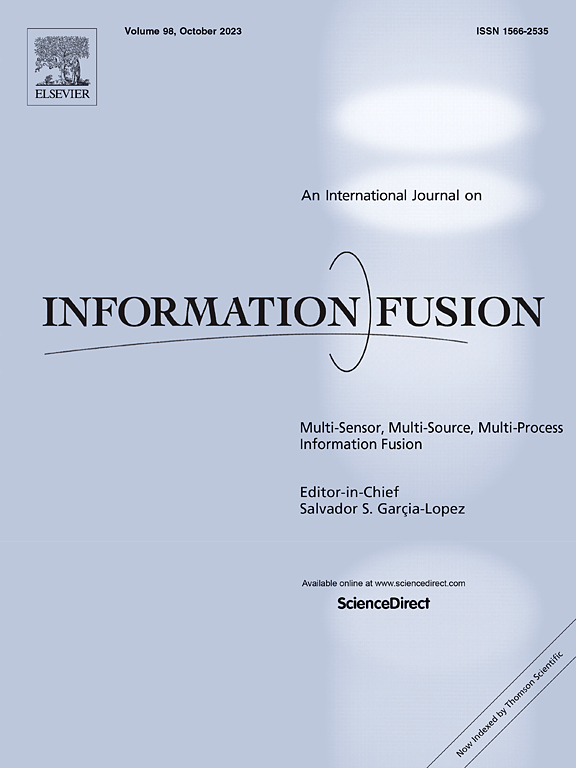VisualRWKV-HM: Enhancing linear visual-language models via hybrid mixing
IF 15.5
1区 计算机科学
Q1 COMPUTER SCIENCE, ARTIFICIAL INTELLIGENCE
引用次数: 0
Abstract
With the success of Large Language Models, Visual Language Models (VLMs) have also developed rapidly. However, existing VLMs often face limitations due to their quadratic time and space complexity, which poses challenges for training and deployment. Linear VLMs have emerged as a solution, providing linear time and space complexity, along with advantages in training and deployment. Nevertheless, a performance gap remains compared to state-of-the-art (SOTA) VLMs. This paper proposes VisualRWKV-HM, a model with linear complexity that incorporates a hybrid mixing mechanism combining time mixing and cross state mixing. This design achieves an optimal balance in information utilization, enhancing performance and offering flexibility for various tasks. VisualRWKV-HM achieves SOTA performance across single-image, multi-image, and multi-view benchmarks, and significantly outperforms the vanilla VisualRWKV. It demonstrates high computational efficiency with a context length of 24K, being 2.96 times faster and reducing memory usage by 45.38% compared to the Transformer-based LLaVA-1.5. When compared to LongLLaVA, a hybrid model based on the Transformer-Mamba architecture, it consumes less memory and achieves a 24% improvement in throughput at a context length of 16K. Additionally, we show that VisualRWKV-HM has strong scalability, with the potential for improved performance by scaling up the state encoder and decoder.
VisualRWKV-HM:通过混合混合增强线性视觉语言模型
随着大型语言模型的成功,可视化语言模型(VLMs)也得到了迅速发展。然而,现有的VLMs由于其时间和空间的二次复杂度而经常面临限制,这给培训和部署带来了挑战。线性vlm作为一种解决方案已经出现,它提供线性的时间和空间复杂性,以及在培训和部署方面的优势。然而,与最先进的(SOTA) vlm相比,性能差距仍然存在。本文提出了VisualRWKV-HM模型,该模型具有线性复杂度,包含了时间混合和交叉状态混合的混合混合机制。该设计实现了信息利用的最佳平衡,提高了性能并为各种任务提供了灵活性。VisualRWKV- hm在单图像、多图像和多视图基准测试中实现了SOTA性能,并且显著优于普通VisualRWKV。它具有较高的计算效率,上下文长度为24K,与基于transformer的llva -1.5相比,速度快2.96倍,内存使用减少45.38%。与LongLLaVA(基于Transformer-Mamba架构的混合模型)相比,它消耗的内存更少,并且在上下文长度为16K时吞吐量提高了24%。此外,我们还表明VisualRWKV-HM具有很强的可扩展性,可以通过扩展状态编码器和解码器来提高性能。
本文章由计算机程序翻译,如有差异,请以英文原文为准。
求助全文
约1分钟内获得全文
求助全文
来源期刊

Information Fusion
工程技术-计算机:理论方法
CiteScore
33.20
自引率
4.30%
发文量
161
审稿时长
7.9 months
期刊介绍:
Information Fusion serves as a central platform for showcasing advancements in multi-sensor, multi-source, multi-process information fusion, fostering collaboration among diverse disciplines driving its progress. It is the leading outlet for sharing research and development in this field, focusing on architectures, algorithms, and applications. Papers dealing with fundamental theoretical analyses as well as those demonstrating their application to real-world problems will be welcome.
 求助内容:
求助内容: 应助结果提醒方式:
应助结果提醒方式:


